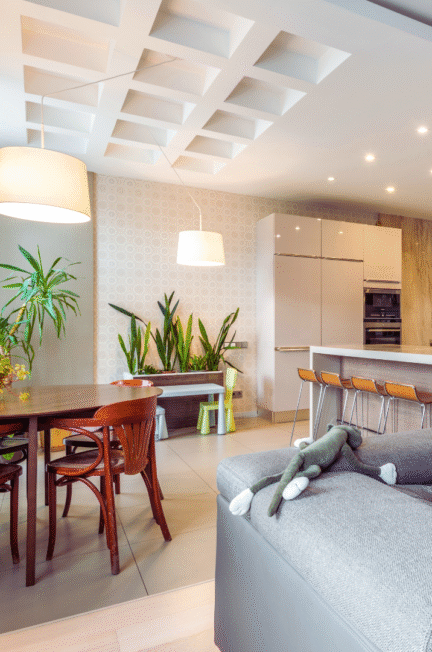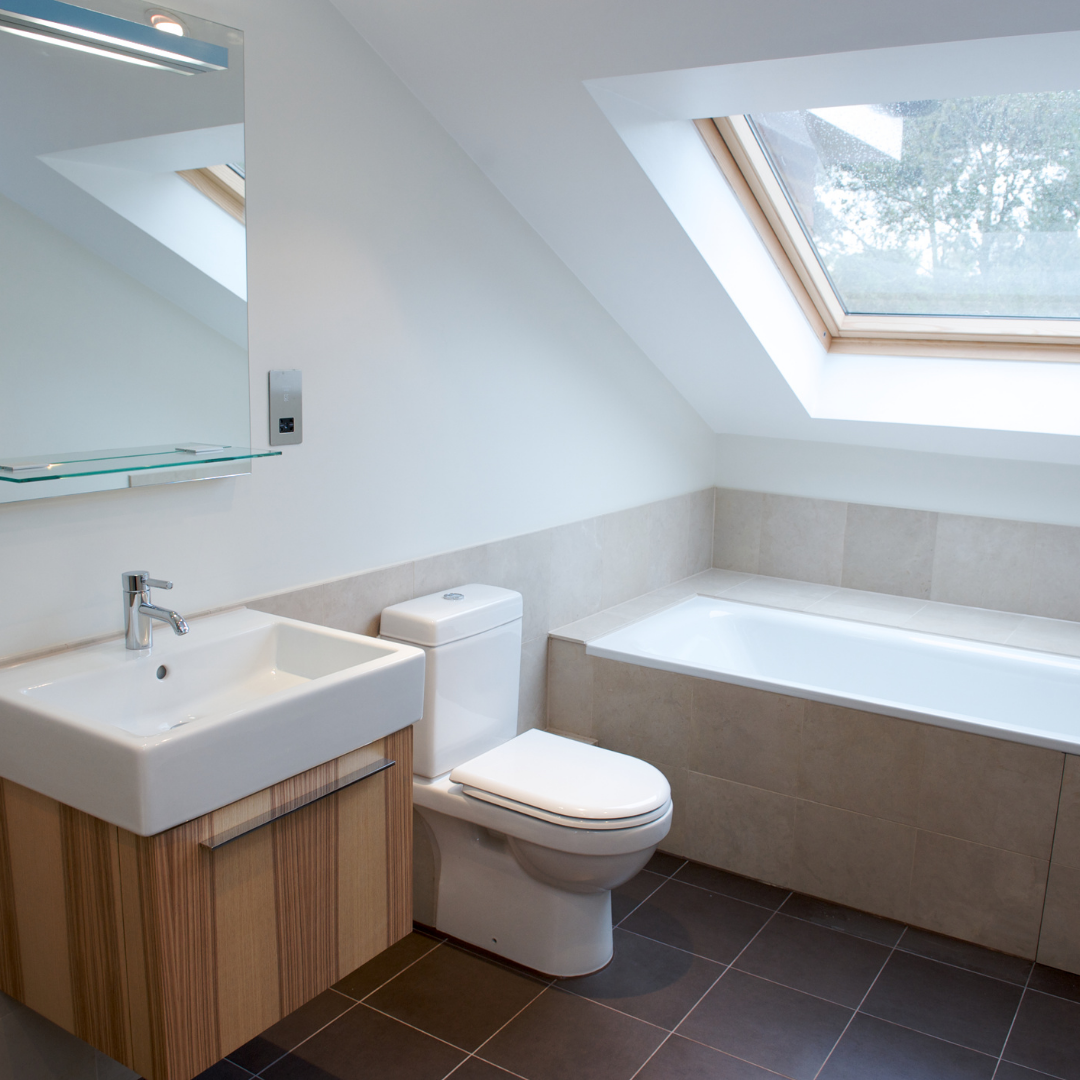Lighting plays a critical role in shaping the atmosphere of a living space. Proper lighting design can enhance functionality, highlight interior design elements, and create a mood that reflects personal style. From the warm glow of table lamps to the strategic placement of recessed lighting, each choice profoundly impacts how a room feels and functions.
Understanding various lighting types—ambient, task, and accent—allows for effective planning. Each type serves a unique purpose, providing both illumination and aesthetic appeal. For instance, ambient lighting offers overall brightness, while task lighting focuses on specific areas for activities like reading or cooking.
By thoughtfully integrating different lighting solutions, one can effortlessly transform the look and feel of a home. The right lighting not only elevates design but also creates inviting spaces that enhance daily living.
Fundamentals of Lighting in Design
Lighting plays a crucial role in shaping the atmosphere and functionality of a living space. By understanding the different types of lighting, one can create a well-balanced and inviting environment. Ambient, task, and accent lighting each serve their unique purpose in design.
Understanding Ambient Lighting
Ambient lighting provides the foundation for illumination in a room. It encompasses natural light and artificial sources, such as ceiling fixtures and lamps. This type of lighting ensures that spaces are evenly lit, reducing harsh shadows and enhancing safety.
Incorporating ambient lighting contributes to the overall mood. Some popular options include recessed lighting, chandeliers, and overhead fixtures. The goal is to achieve a soft glow that creates a comfortable atmosphere.
Key considerations for ambient lighting:
- Light bulbs: Use warm white bulbs for a cozy feel.
- Dimming options: Allow flexibility in brightness levels.
Role of Task Lighting
Task lighting is essential for functional areas where specific activities take place, such as reading or cooking. This direct illumination targets particular zones, ensuring adequate light for tasks. Common sources include desk lamps, under-cabinet lights, and vanity fixtures.
Proper task lighting enhances usability and reduces eye strain. It is crucial to position fixtures according to the activities conducted in each area. For instance, having a desk lamp to the left of a right-handed person can provide optimal lighting without casting shadows.
Effective task lighting strategies:
- Brightness levels: Aim for light that is at least 200 to 300 lumens for task-oriented activities.
- Positioning: Place fixtures where they directly illuminate the work surface.
Importance of Accent Lighting
Accent lighting adds depth and interest to rooms by highlighting specific features, such as artwork or architectural elements. It creates focal points and layers the overall lighting scheme, making spaces feel more dynamic.
This type of lighting typically uses spotlights, wall sconces, or track lighting to draw attention. By employing accent lighting, one can transform an ordinary room into a visually appealing environment.
Best practices for accent lighting:
- Contrast: Use a brighter light compared to the ambient lighting to highlight elements effectively.
- Placement: Position lights at angles that showcase the items without overwhelming them.
Enhancing Spaces with Lighting Choices
Lighting plays a crucial role in shaping the atmosphere and functionality of a living space. By considering factors like color temperature, layering light, and strategically placing light fixtures, one can create a more inviting and visually appealing environment.
Choosing the Right Color Temperature
Color temperature influences the mood of a room significantly. Measured in Kelvin (K), it affects how colors appear and the overall vibe of the space. For instance:
- Warm White (2700K-3000K): Ideal for cozy areas like living rooms and bedrooms, fostering relaxation.
- Neutral White (3500K-4100K): Suitable for kitchens and workspaces, providing a balanced feel.
- Cool White (5000K-6500K): Best for task-oriented areas, promoting alertness and focus.
Selecting the correct color temperature can transform a room’s perception. Warmer tones soften the room, while cooler tones can make it feel larger. Adjusting the color temperature is a simple yet effective way to enhance the desired atmosphere.
Layering Light for Visual Interest
Layering light involves combining three primary types: ambient, task, and accent lighting. This technique adds depth and dimension while improving functionality. Each layer serves a specific purpose:
- Ambient Light: General illumination that allows movement and visibility. This can be achieved with ceiling fixtures or wall sconces.
- Task Light: Focused lighting for specific activities like reading or cooking. Examples include desk lamps and under-cabinet lights in kitchens.
- Accent Light: Highlights key features, such as artwork or architectural details. These can be provided through track lighting or spotlights.
By thoughtfully layering these lights, one can create depth and visual interest in any space.
Creating Focal Points with Light Fixtures
Strategically placed light fixtures are essential for establishing focal points. A well-chosen fixture not only provides illumination but also draws the eye to specific areas of the room. Consider the following approaches:
- Statement Fixtures: Chandeliers or unique pendant lights can serve as a focal point in dining rooms or entryways.
- Directional Lighting: Use adjustable fixtures to highlight artwork or plants, adding drama and accentuating important elements.
- Wall Sconces: Placed on walls, they can create visual interest and guide the viewer’s attention.
Placing light fixtures purposefully enhances the room’s aesthetic, establishes a visual hierarchy, and enriches the overall experience of the space.
Technical Aspects of Lighting
Lighting technology plays a significant role in enhancing the functionality and aesthetics of living spaces. Understanding the benefits of different types of lighting solutions can make a dramatic difference in home illumination.
The Advantages of LED Bulbs
LED bulbs are increasingly popular due to their energy efficiency and longevity. Unlike traditional incandescent bulbs, they convert a higher percentage of energy into light rather than heat.
Key Benefits of LED Bulbs:
- Energy Efficiency: Consumes up to 80% less energy than standard bulbs.
- Lifespan: Lasts approximately 25,000 hours, significantly outpacing incandescent bulbs.
- Variety: Available in multiple color temperatures, allowing for tailored ambiance.
In addition, they are often environmentally friendly because they contain no harmful substances like mercury. This makes LED lighting solutions a preferred choice for eco-conscious consumers seeking to reduce their carbon footprint.
Incorporating Dimmers and Smart Lighting
Dimmers and smart lighting add versatility and control to a living space. A dimmer switch allows users to adjust the brightness level, creating different moods for various activities, such as reading or entertaining.
Benefits of Dimmers:
- Energy Savings: Reduced brightness can lead to lower energy consumption.
- Extended Bulb Life: Allows LED lights to last even longer by reducing their operational load.
Smart lighting systems can be controlled remotely via apps, offering additional benefits such as scheduling and automation. This technology often integrates with home assistants, allowing for voice activation and tailored lighting scenes.
Together, dimmers and smart lighting provide a comprehensive approach to home lighting that enhances both comfort and efficiency.
Decorative Elements and Lighting Effects
Lighting can dramatically change the perception of space and enhance decorative features. By utilizing reflective surfaces and carefully designed lighting, one can create an inviting and stylish atmosphere in any room.
Utilizing Mirrors and Reflective Surfaces
Mirrors serve as powerful tools in interior design. They not only reflect light but also create the illusion of more space. Strategically placing mirrors near light sources can amplify brightness, making a room feel larger.
Reflective surfaces, such as glass or polished metals, add to this effect. They enhance natural and artificial light, producing a vibrant ambiance. These elements can draw attention to architectural features or artwork, contributing to a cohesive aesthetic.
Tips for mirror placement:
- Position mirrors across from windows for maximum light reflection.
- Use framed mirrors to add a decorative touch.
- Consider size: larger mirrors can expand visual space.
Setting the Ambiance with Lighting Design
Lighting design plays a critical role in establishing the mood of a living space. Different types of lighting, like decorative fixtures and warm light, can be employed to create an intimate atmosphere.
Layering light sources—ambient, task, and accent—allows for versatility. For instance:
- Ambient lighting sets the general mood.
- Task lighting provides focused illumination for specific activities.
- Accent lighting highlights architectural features, art, or plants.
Adjusting these layers can transform an area from bright and energetic to soft and relaxing. Choosing dimmable options or warm light can enhance comfort and create a welcoming feel.



